It took an Austin developer 4 years to build 4 small homes that he made no money on as the city struggles to bridge the gap between tiny apartments and pricy houses
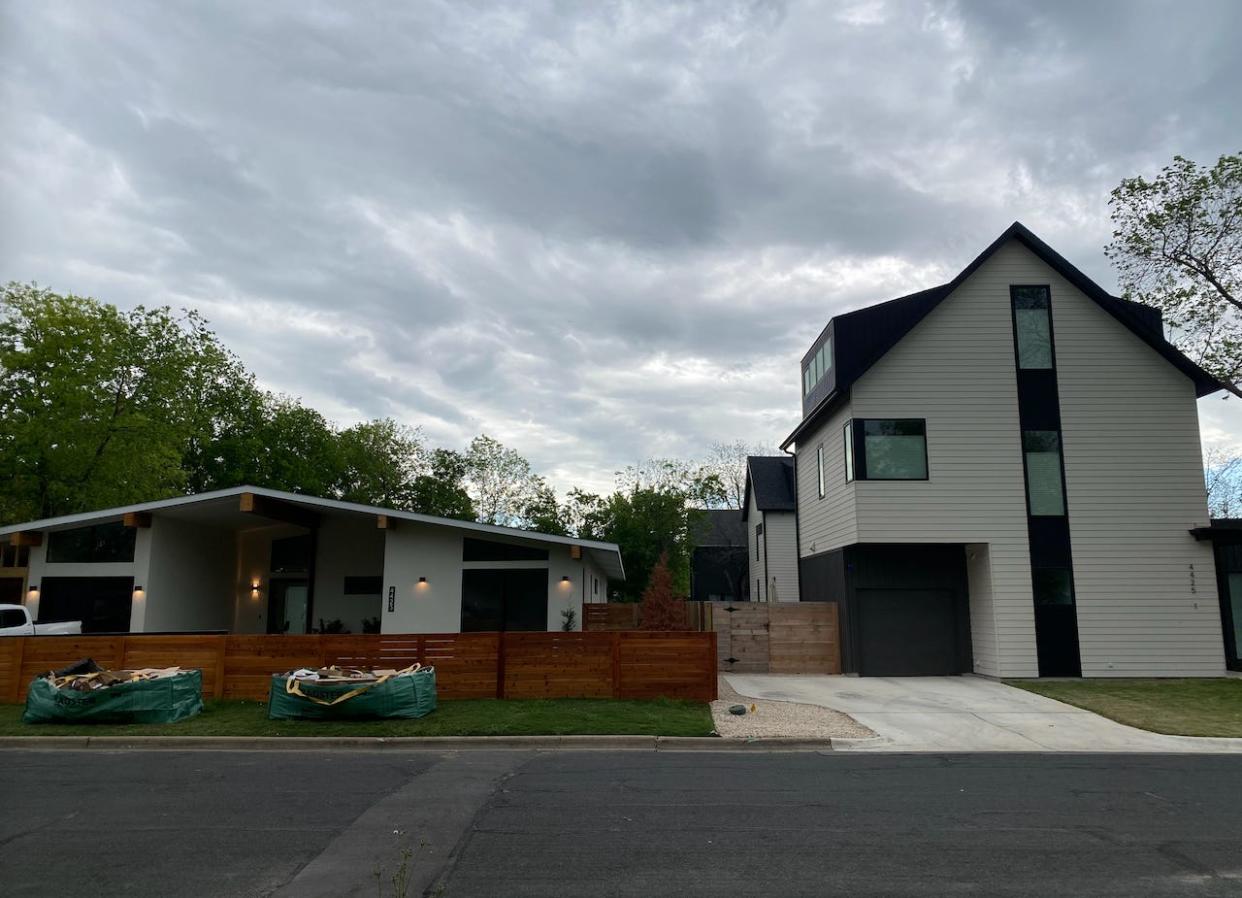
Austin has built a ton of new housing in recent years as the city's population has boomed.
But its restrictive zoning policies have made affordable, medium-density construction hard to build.
One developer's struggles to build infill housing illustrate the city's challenges.
Scott Turner recently sold four homes that he built on what used to be a single corner lot in south central Austin. But the veteran real-estate developer didn't make a profit on the houses, despite selling the four of them for over $2.9 million.
It took two years for more than a dozen city departments to approve the development, which involved splitting one lot into two, and another two years for Turner to build the homes. By the time construction wrapped up, Austin's skyrocketing home prices had begun to cool and Turner barely scraped by. "The risk turned out to be too great," he said. "I wouldn't do that project again."
But Turner's development — which transformed one large lot with one house on it into two lots each with one larger home and one accessory dwelling unit — is exactly the kind of construction Austin and other cities across the country desperately need.
Turner's residential building company, Riverside Homes, specializes in infill development — small multifamily buildings and ADUs (also known as backyard tiny homes or granny flats). So-called "missing-middle housing" — including everything from an apartment to a detached, single-family home — is more affordable for a variety of prospective homeowners and renters. While Austin has been building tons of new apartment towers, it has very few townhomes, triplexes, and ADUs.
For decades, the city's restrictive zoning and land-use policies have made missing-middle housing almost impossible to build. The city heavily regulates everything from lot sizes to building heights to how large a home's footprint can be.
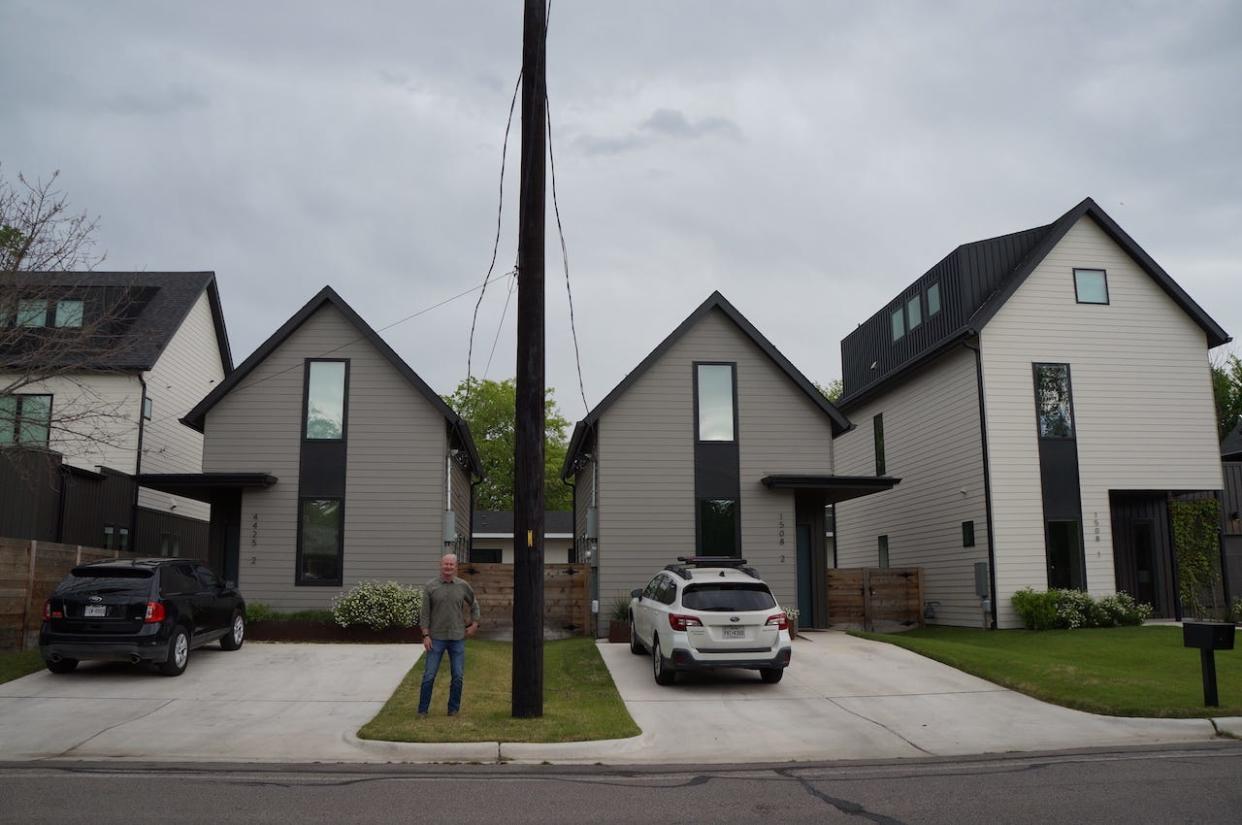
For Turner, subdividing the lot required a burdensome approval process, and adding additional homes meant he had to install a costly new utility pole. Turner said that "for practical purposes, it is economically illegal" to add density to single-family neighborhoods.
Instead, city regulations incentivize the kind of home construction that happened next door to Turner's development: replacing a single-family home with another, more upscale stand-alone house. It took far less time to build a five-bedroom, five-bath home, which sold for just shy of $2 million last month.
"I have to choose between going through the regulatory wringer or just taking the path of least resistance that the code literally encourages me to do," Turner said.
Home prices in Austin soared by about 60% between 2020 and early 2022 as the city's population boomed. While home prices, particularly at the higher end of the market, have dropped sharply recently, the city's median home price is still far above what the typical Austin family can afford. But as profit margins trend downward for Austin developers, there's even less incentive for them to build more affordable infill housing.
Still, Austin has seen real progress in building much denser housing. In 2022, the city legalized residences in commercial areas and near transit, paving the way for thousands of new, mostly rental, apartments.
But there aren't many options, particularly for homeownership, between mostly high-end apartments and prohibitively expensive single-family homes. Turner described Austin's development pattern as L-shaped: low-density single-family housing across the urban core with occasional apartments up and down major corridors. "You can choose to find a place to rent that's probably on a busy road and that certainly would not be very child-friendly. But if you want to own something, good luck with that," he said.
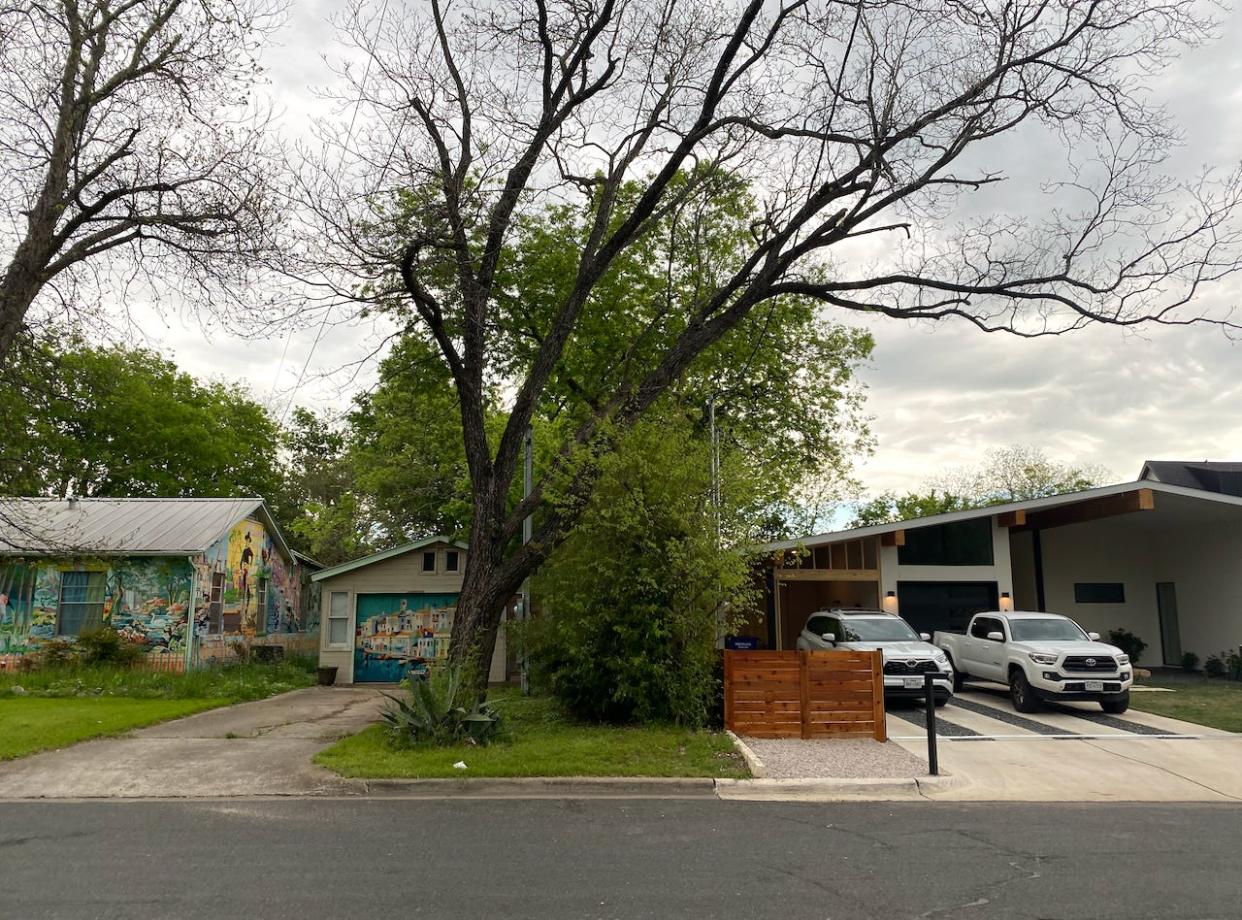
After years of efforts by pro-housing activists and lawmakers, that might finally be starting to change. The city has made a series of tweaks to its land-use regulations, including ending parking requirements for new construction, that will lower the barriers to infill construction.
In December, the city council overwhelmingly approved the first phase of legislation — known as the Home Options for Middle-Income Empowerment Act — that allows up to three units on single-family lots. Pro-housing advocates say HOME is a big step in the right direction, but the battle to build denser, more affordable housing in the Texas boomtown rages on.
Turner called HOME "a start" and is "cautiously optimistic" that it will address some key obstacles to building denser housing. But he's concerned the law won't do enough to shorten the permitting process for missing-middle housing construction.
"The intention is there to make it work," Turner said. But, he added, "Just because you can build more housing, if it takes too long and costs too much to get you there and you can't build enough of it to make it economically feasible, no one's going to do it."
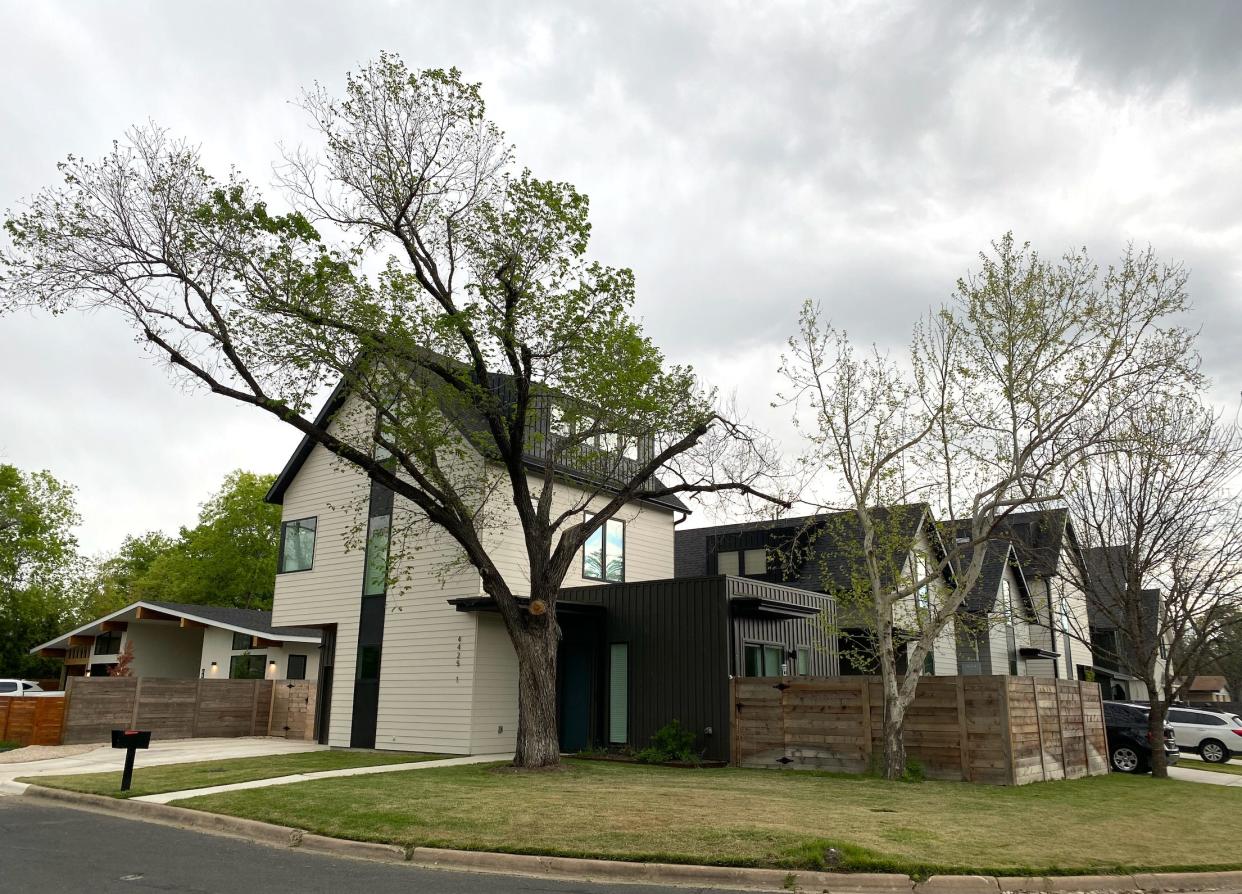
Suburban sprawl
Austin has gotten a lot of credit for building a ton of new housing recently. Indeed, the city has constructed homes at twice the rate of the rest of the country, and it's set to add more apartments as a portion of its existing housing stock than any other American city this year. The flood of newly built homes has helped bring home prices down by 8.4% and rents down by 7% over the past year. That's good news for affordability, but it's not enough — and it's unevenly distributed.
Most of Austin's new housing is in its suburbs. Based on US Census data, about 80% of new residents in the Austin metro area over a recent yearlong period moved outside the city limits, the Austin Business Journal reported. This is in part because many Austinites are being priced out of the city's homes. Families are leaving the city, and the city's schools are losing about 1,000 students a year, even after enrollment plummeted during the pandemic.
The city of Manor, just 12 miles northeast of Austin, recently found itself among the top 10 fastest-growing suburbs in the country. Dripping Springs, another city in the Austin metro area, paused new development after a population boom caused it to hit its wastewater-treatment capacity in 2021. Georgetown, a suburb north of the city, has been among the fastest-growing cities in the country in recent years.
"We're starting to see a lot more of this sprawl pattern go on in the last three or four years of permitting," Brennan Griffin, a senior deputy director of the nonprofit group Texas Appleseed, said. "We just don't have very many alternatives to cars, especially once we get into the suburbs, so we're just going to see a lot more congested traffic."
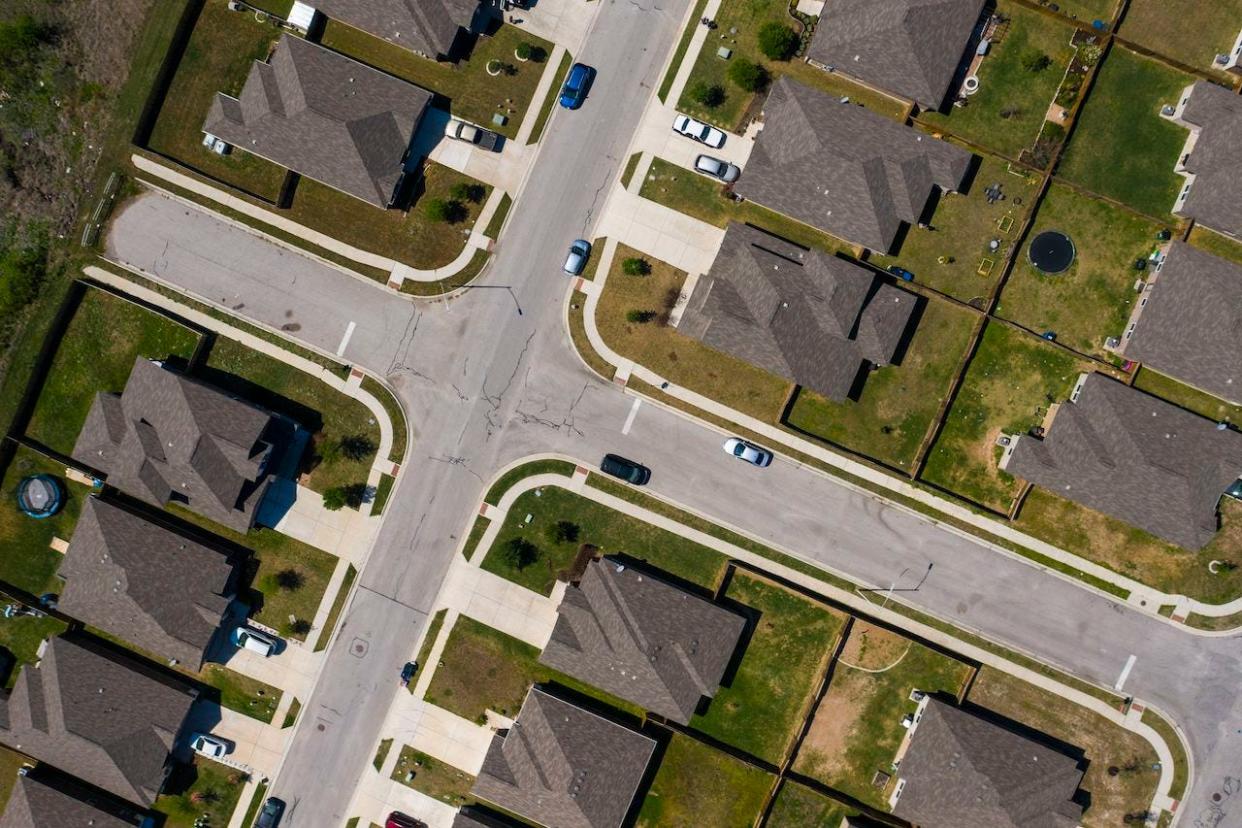
Slow progress
Austin policymakers have for years attempted to address runaway housing costs by loosening regulations to boost density. For a decade, the city attempted to pass a comprehensive rewrite of its highly restrictive zoning code, which essentially hasn't been touched for 40 years. But the massive effort was squashed in the courts by a group of local homeowners who argued they weren't given enough notice of the code changes.
Since then, voters have elected a pro-housing majority to the city council, which has chipped away at a piecemeal approach to housing-policy reform, including banning parking requirements and legalizing residences in commercial areas.
The HOME Act will encourage the construction of smaller single-family homes and promote density, making housing — particularly homeownership — more affordable. The council is expected to vote on the second phase of HOME — which would shrink mandatory-minimum lot sizes for single-family homes from 5,750 square feet to 2,500 square feet — this spring. The city council is also pushing to eliminate so-called compatibility requirements, which impose strict height limits on buildings near single-family homes, among other changes.
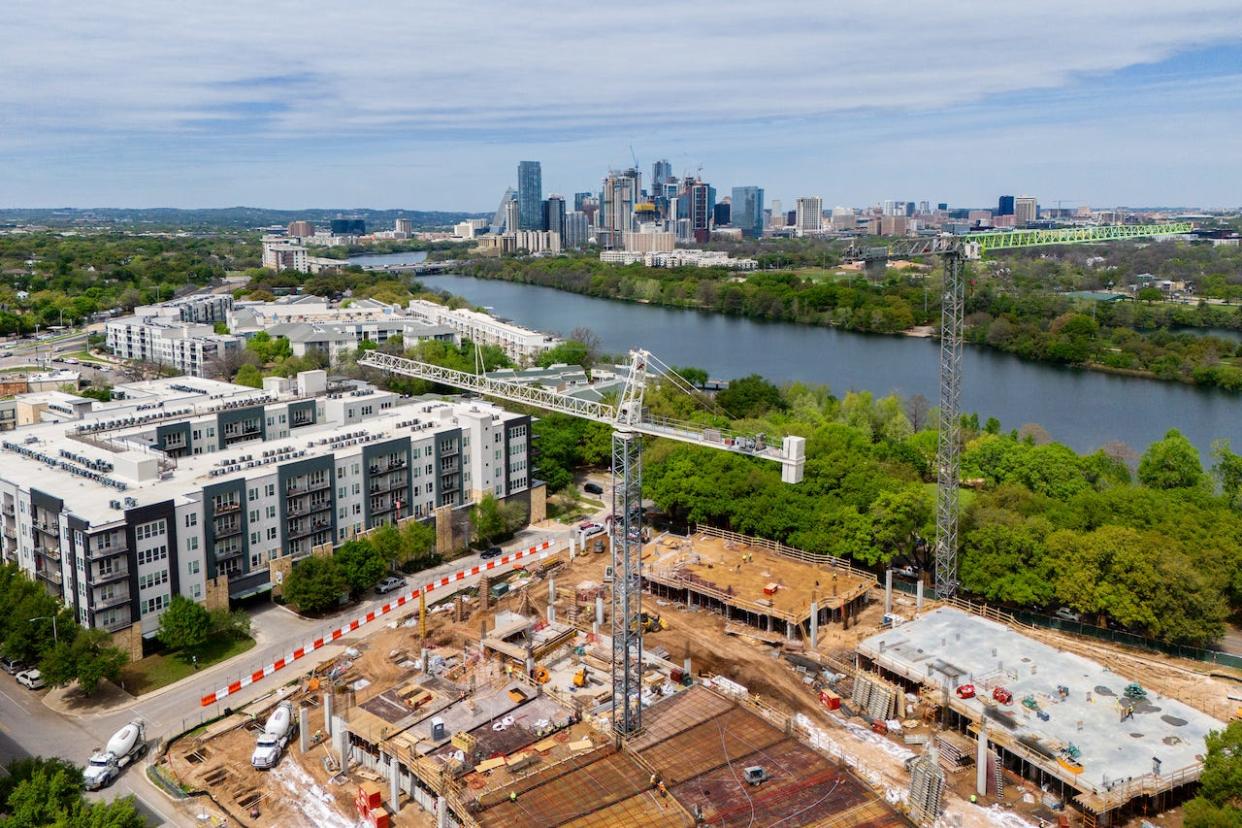
But even with looser regulations under the HOME Act, the threat of lawsuits that could reverse housing policy reforms is still looming over the city and its developers.
"A lot of the folks who could take advantage of HOME phase one are waiting to see what's going to happen," Greg Anderson, the director of community affairs at Austin Habitat for Humanity, told BI.
But Anderson said there's "complete understanding" among elected officials that housing policy has long been broken. "It's just been an amazing sea change when it comes to the conversations happening in City Hall," he said.
Nicole Nabulsi Nosek, the board chair of the pro-housing nonprofit Texans for Reasonable Solutions, told BI there's growing support for missing-middle housing across the political spectrum in Austin. "The way that I've seen both Republicans and Democrats come around to townhomes has really been quite remarkable," she said.
Turner just wants the city to "level the playing field" for developers who are willing to build missing-middle housing.
"As a developer, I'm an optimist," he said. "You have to be in this city to be successful or you would just throw up your hands and leave town — I know a lot of developers who do that."
Read the original article on Business Insider
